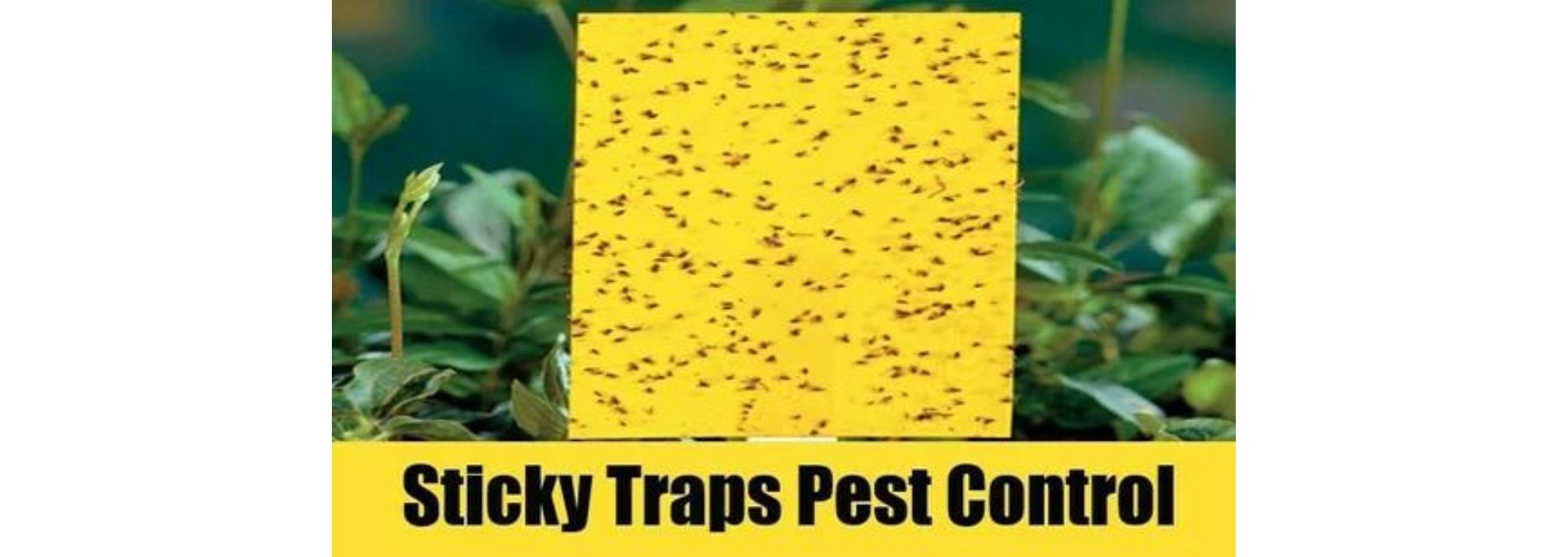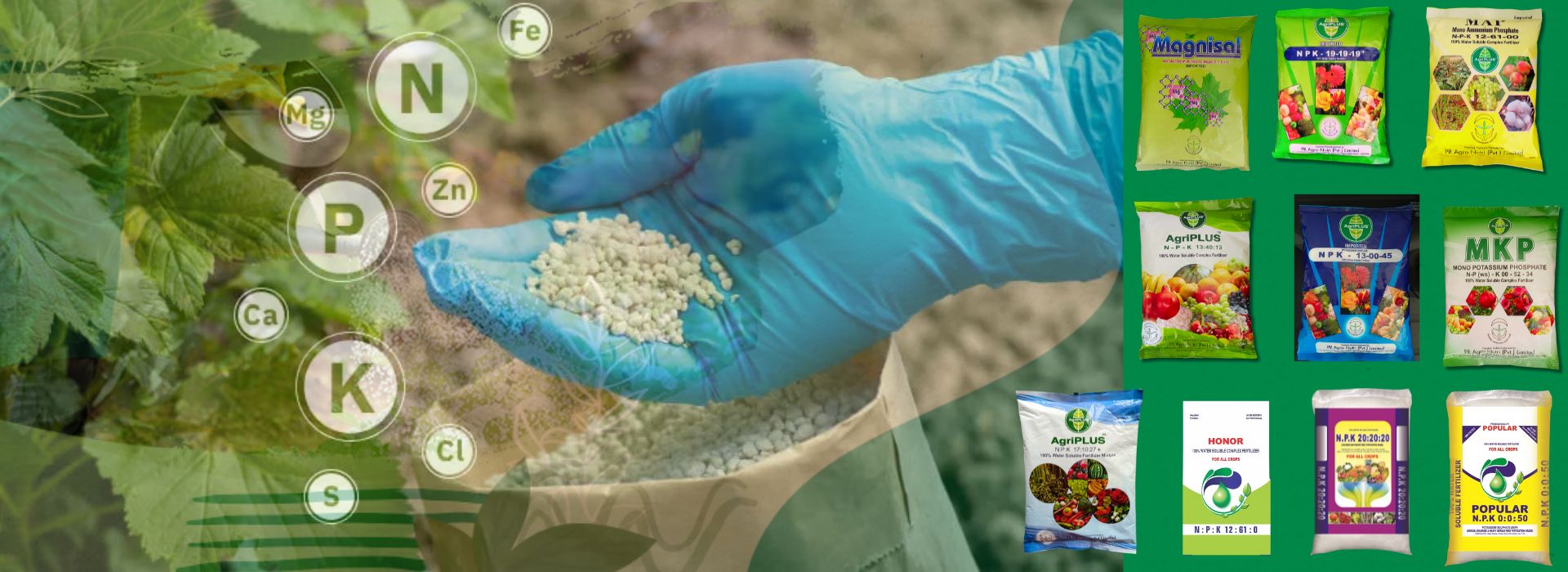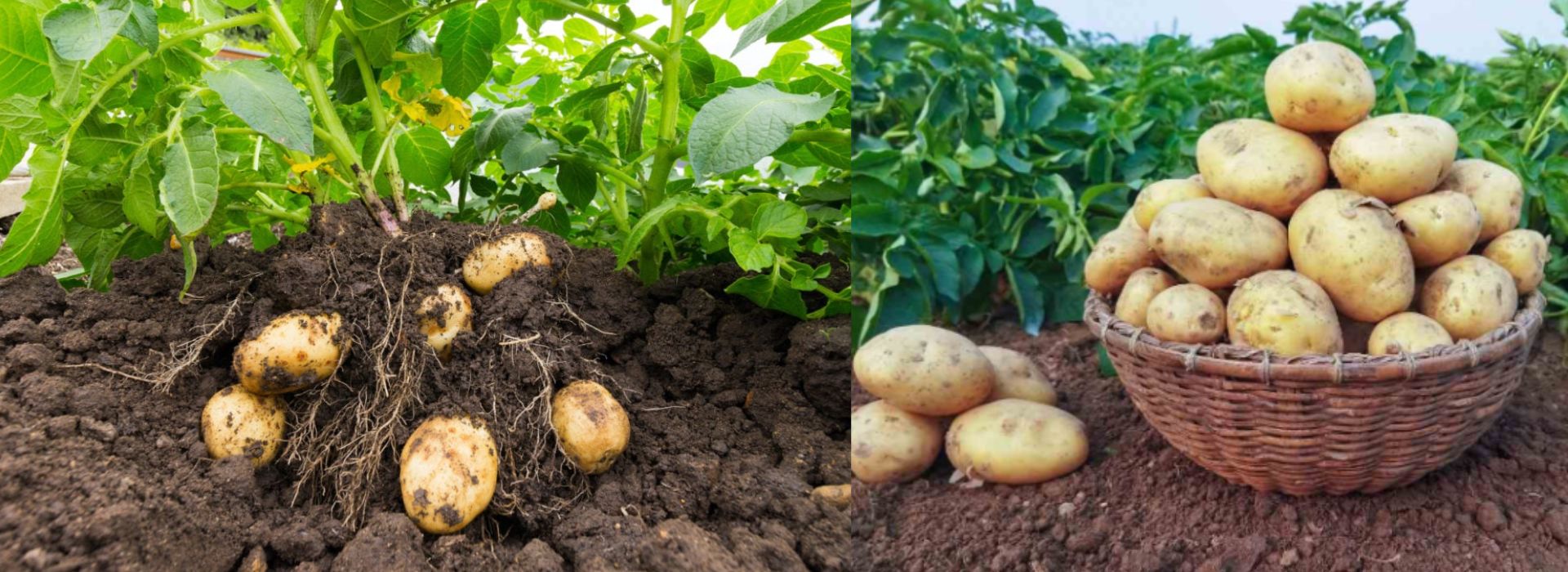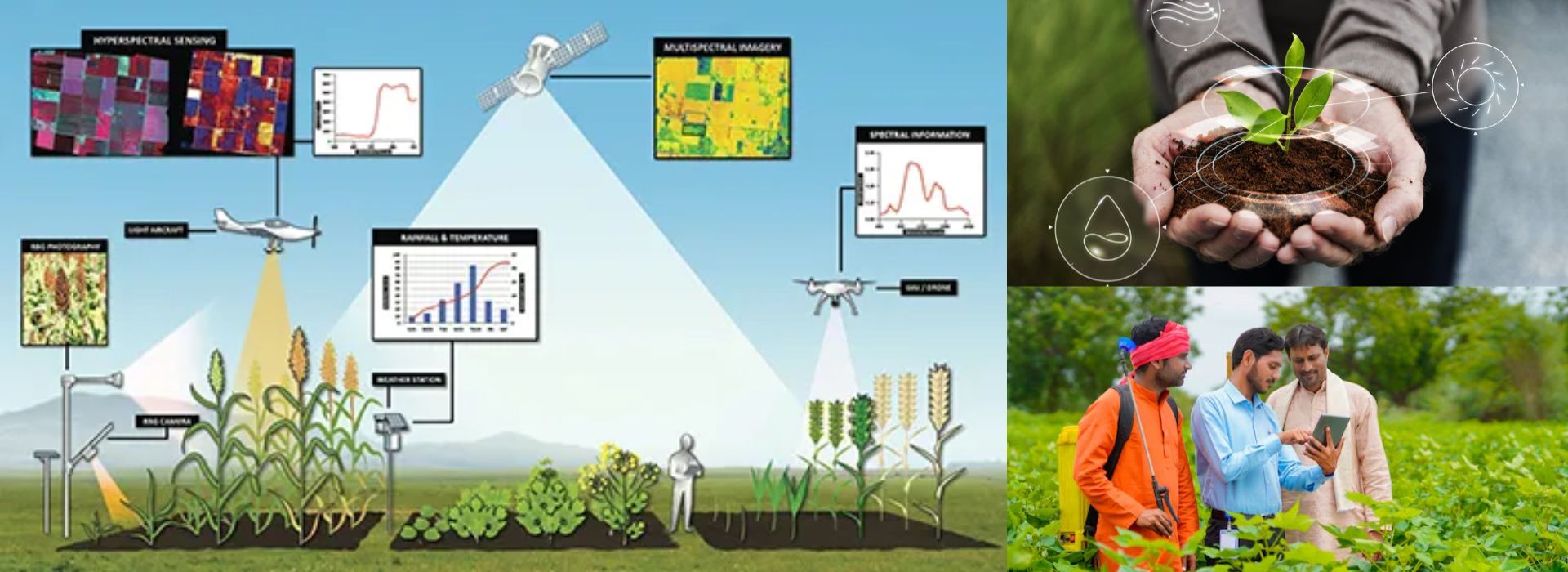Unveiling the Colorful Arsenal: Exploring the Benefits of Yellow, Blue, and White Sticky Traps in Agriculture
May 10, 2024In the realm of
pest management, sticky traps have emerged as indispensable tools for
monitoring and controlling insect populations in agricultural settings. Among
the various types available, those with yellow, blue, and white surfaces have
gained prominence for their specific advantages in targeting different pests.
In this blog, we delve into the colorful world of sticky traps, highlighting
the benefits of each color variant and their role in sustainable agriculture.
Click Here Best Quality Sticky Traps
Yellow Sticky
Traps:
Yellow sticky traps are perhaps the most widely recognized and utilized in agriculture. Their
vibrant yellow color is highly attractive to a broad spectrum of flying
insects, including aphids, whiteflies, thrips, and fungus gnats. These traps
work by capitalizing on the natural attraction of pests to the color yellow,
effectively luring them onto the adhesive surface, where they become trapped
and unable to continue their destructive activities.
Advantages of
Yellow Sticky Traps:
Targeting Aphids
and Whiteflies: Aphids and whiteflies, notorious for their damage to crops
through feeding and vectoring diseases, are particularly drawn to yellow
surfaces. Yellow sticky traps serve as effective monitoring and control tools
for these pests, helping to reduce their populations and minimize crop damage.
Early Detection
of Infestations: By regularly monitoring yellow sticky traps, farmers can
detect pest infestations at an early stage, allowing for timely intervention
before populations spiral out of control. Early detection is key to
implementing effective pest management strategies and preventing economic
losses.
Compatibility
with IPM: Yellow sticky traps are integral to Integrated Pest Management (IPM)
approaches, which emphasize the use of multiple tactics to manage pests
sustainably. By incorporating yellow traps into their pest management programs,
farmers can reduce reliance on chemical pesticides and promote ecological
balance in agroecosystems.
Blue Sticky
Traps:
Blue sticky traps
have gained popularity for their effectiveness in targeting specific pests,
such as thrips and leafminers. The color blue is highly attractive to these
insects, drawing them to the sticky surface where they are captured and unable
to cause further damage to crops.
Advantages of
Blue Sticky Traps:
Thrips and
Leafminer Control: Thrips and leafminers are common pests in many agricultural
crops, causing damage through feeding and oviposition. Blue sticky traps offer
a targeted solution for monitoring and controlling these pests, helping to
prevent yield losses and maintain crop quality.
Precision Pest
Management: Blue sticky traps provide farmers with a precise tool for
monitoring pest populations and assessing the effectiveness of control
measures. By strategically placing blue traps in infested areas, farmers can
gauge pest pressure and adjust their management strategies accordingly.
Reduced Need for
Chemicals: By using blue sticky traps to monitor and suppress thrips and
leafminer populations, farmers can reduce reliance on chemical pesticides,
thereby minimizing environmental impact and promoting sustainable agriculture.
White Sticky
Traps:
White sticky
traps are less common but offer unique advantages in certain agricultural
contexts. While not as attractive to flying insects as yellow or blue traps,
white traps are highly reflective and serve as effective barriers against
crawling pests such as aphids, mites, and crawling insects.
Advantages of
White Sticky Traps:
Crawling Pest
Control: White sticky traps provide a physical barrier that prevents crawling
pests from reaching the plant canopy, where they can cause damage through
feeding and transmission of diseases. By intercepting pests before they reach
the crop, white traps help reduce infestations and maintain plant health.
Protection
Against Soil-borne Pests: In crops grown in soil or substrate, white sticky
traps placed at the base of plants can intercept soil-borne pests such as
fungus gnats, root aphids, and thrips larvae. By capturing these pests before
they emerge or ascend to the canopy, white traps contribute to overall pest
suppression and crop protection.
Versatility in
Application: White sticky traps can be used in conjunction with other colored
traps to provide comprehensive pest monitoring and control. Their versatility
makes them valuable tools in integrated pest management programs, where
multiple tactics are employed to manage pests effectively while minimizing
environmental impact.
Conclusion:
In the quest for
sustainable pest management solutions, sticky traps have emerged as invaluable
tools for farmers worldwide. Whether yellow, blue, or white, each color variant
offers unique advantages in targeting specific pests and enhancing crop protection.
By incorporating sticky traps into their pest management strategies, farmers
can reduce reliance on chemical pesticides, minimize environmental impact, and
promote the health and resilience of agroecosystems. As we continue to innovate
and refine our approaches to pest management, sticky traps will undoubtedly
remain essential allies in the quest for sustainable agriculture
At krishibazaar.in, you can find and buy various agricultural products. For agricultural guidance on selecting the most suitable products for your crops, please contact or WhatsApp at +917887880887






Guest reviews
No reviews found for this Blog